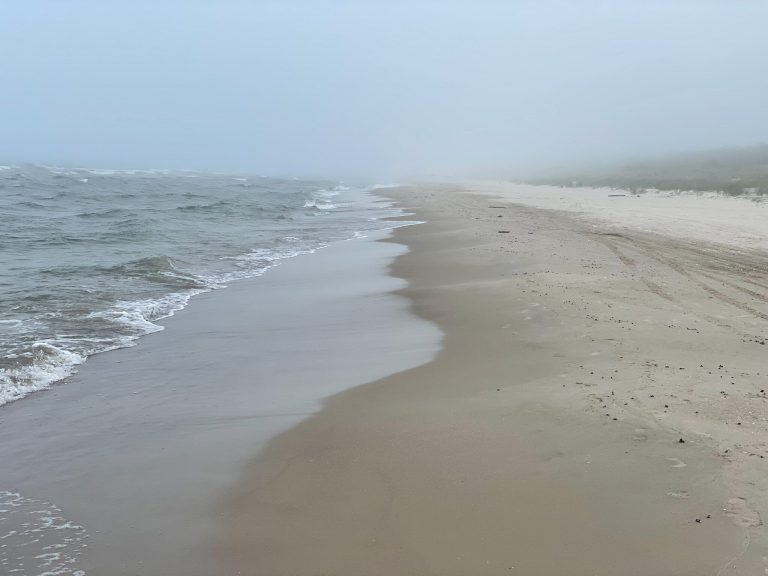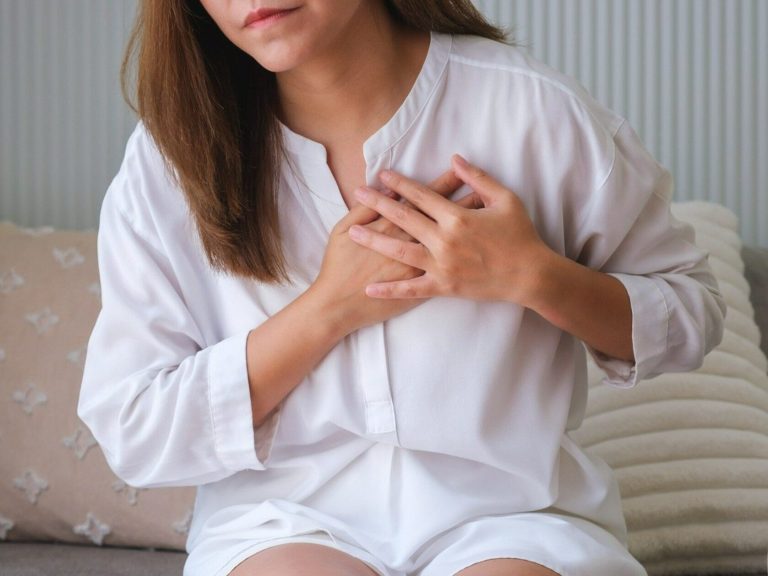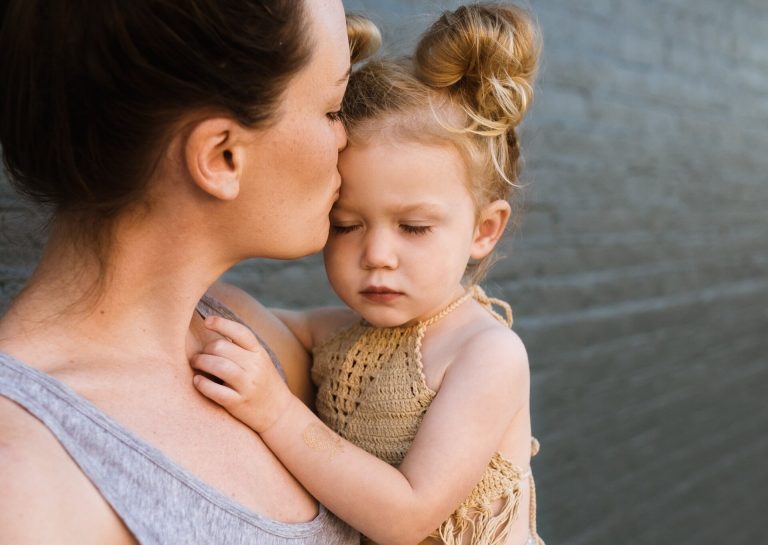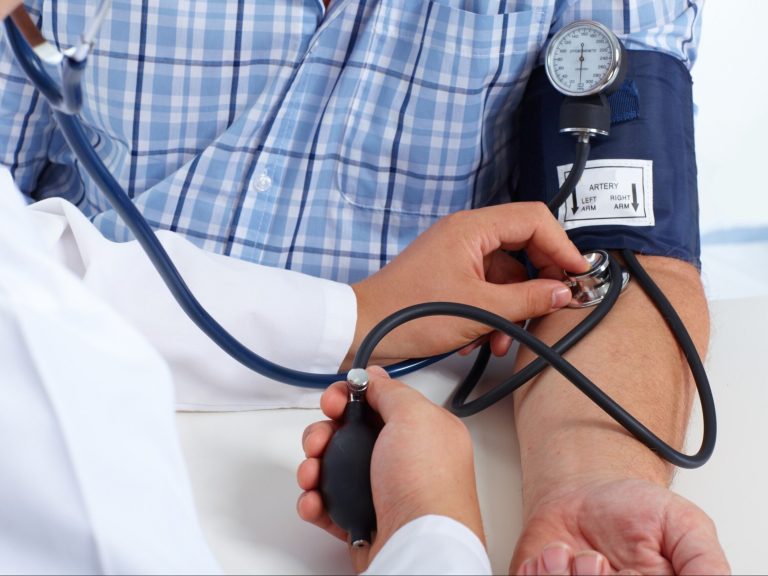Dr. Magdalena Łopuszyńska: I treat children, adolescents, and previously their mothers and grandmothers
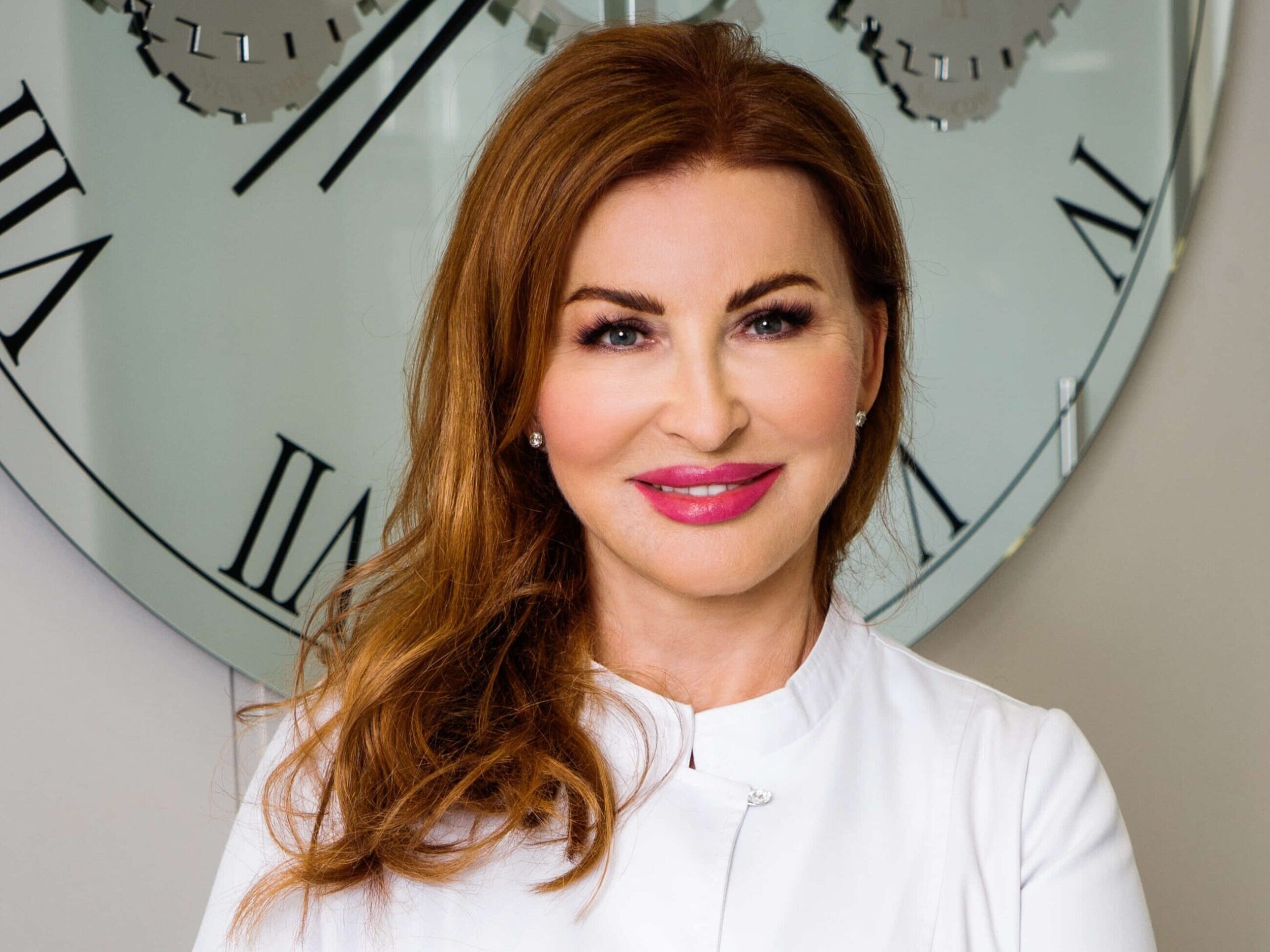
In an interview with “Wprost”, Magdalena Łopuszyńska, MD, dermatologist, aesthetic medicine doctor, owner of the Bella medical cosmetics office in Warsaw, talks about effective acne treatment methods developed over 36 years of medical practice and why the therapy must be regular.
Wprost.pl: Is acne a common problem? Is it a cosmetic defect or a disease?
Dr. Magdalena Łopuszyńska: Acne is the most common problem that a dermatologist encounters in his practice. At least that’s how it is in my office – 90 percent. dermatological patients who come to me are patients with acne. These are mostly young people, mainly in adolescence, but not exclusively.
According to world statistics, among people between 10 and 30 years of age, 100 percent has acne, at different times. Meanwhile, over 30 years ago, when I was a young doctor, acne affected 20%. young people. Today, even 7- and 8-year-olds and 50-year-old women have acne lesions. Acne usually disappears around the age of 30, when the metabolism of male sex hormones stabilizes. Because its occurrence is related to the appearance and activity of these hormones in the body.
People with acne require treatment, so we consider this skin problem to be a disease. But the disease is closely related to physiology.
What is the mechanism of formation of acne lesions?
Blackheads, papules and pimples form in the sebaceous gland from which the hair grows. This gland is a complex organ – within it there are receptors located, which are a kind of connector with the skin surface. These receptors are sensitive to various factors that reach them – lipids, sugars, neurotransmitters, hormones, retinoids and others.
But the number and sensitivity of these receptors depend on genetic characteristics. When male hormones appear in the blood, the receptors begin to activate, and environmental factors such as diet, stress, smog, cigarette smoke and others further activate them. The sebaceous glands become overactive, their keratinization is disturbed, the gland becomes clogged, and the bacteria present in it begin to multiply and secrete products provoking inflammation. The result is blackheads, which lead to the formation of lumps, inflammation, pimples and cysts.
Why do some people have major problems with acne, while others have minor problems or none at all?
All these factors discussed earlier, i.e. the quantity and quality of receptors and, additionally, the quality of the produced sebum with a predominance of pro-inflammatory or inflammation-inhibiting lipids, plus the participation of environmental factors, cause acne to vary. The different share of these components and additional immunological factors determine the severity of the course and sensitivity to treatment. Usually, if one of the parents had acne, there is a greater chance that the children will also develop this problem.
Why is there such an increase in the number of people with acne?
Genetic predispositions are one thing. In addition, there is the influence of the environment. This is a sign of our times – increasing stress, poor diet (processed food), cigarette smoke, UV radiation, polluted environment – all this favors the development of acne. The mentioned factors act on the mentioned sebaceous gland receptors. Note that acne also intensifies in some people after the holidays – because they ate more fast food than usual, smoked more, exposed to the sun, etc.
Today 100 percent young people suffer from acne because we live in a polluted environment and eat processed food. 50 years ago, when I went to school, one person out of 30 people in the class had acne. And today, in a similarly large class, the majority of children have acne, and often 100%. of them, although generally with a milder course because parents react faster than before, not allowing the inflammation to develop so significantly.
Acne is associated with pimples on the face because they are visible. Where else can he perform?
In children and teenagers, acne occurs in comedones or small papules, scattered on the upper parts of the face (forehead, nose, cheeks). With age, it begins to spread to its lower parts – chin, jaws, neckline, and also to the back. In some people, acne even affects the buttocks, armpits and groin – these are serious conditions that are very troublesome for the patient.
The etiopathogenesis and therapeutic procedures for acne are similar, which does not mean that we treat everyone in the same way. On the contrary, the method of therapy is selected for a given patient.
Conscious people can improve their diet and stop smoking. But we can’t change the genes. Therefore, acne is treated symptomatically, not causally.
What is the treatment for people with acne?
As I mentioned, the treatment is selected individually for the patient, because different receptors may predominate in each person, with different activity – people have different immunology and react in different ways to diet, external factors and even medications. Therefore, there is no single standard method of treating acne. One way works for some people, another way works for others.
Retinoids administered topically or orally in more difficult cases are very effective.
I would like to point out that the condition of a patient with acne should be assessed by a dermatologist, not a gynecologist. Yes, if there were no sex hormones, there would be no acne disease. But it is not the amount of hormones that determines the development of acne, but the sensitivity of the receptors to stimuli and (without going into the intricacies of physiology) the activity of one of the enzymes on which the breakdown of these hormones depends. Among people with acne, only 1 percent has an increased level of sex hormones, and in 99 percent their level is normal and sometimes even reduced.
Depending on the intensity of acne, we use topical medications, and if this does not help adequately, we start general treatment, i.e. oral treatment. The basis of anti-acne therapy are topically administered retinoids, which have anti-inflammatory and antibacterial properties, exfoliate blackheads and reduce sebum secretion.
The treatment also uses azelaic acid, benzoyl peroxide, and antibiotics (erythromycin, clindamycin) – topically. A very important therapeutic element is proper care of acne skin – washing with appropriate, delicate dermocosmetics that regulate the level of the skin’s lipid-protein barrier, which prevents excessive, unnecessary water loss. The thing is that anti-acne medications dry out the skin and the key is not to dry it out even more when washing and caring for it. Therefore, you should not use soap, gels, tonics or drying creams. We always use moisturizing for topical medications. We always apply topical medications to entire areas, not to spots. The most important thing is the effect on micro-comedones.
Orally administered antibiotics, mainly from the tetracycline and doxycycline group, have a stronger effect (if local treatment is not sufficient). Isotretinoin is also used orally.
After 5-6 weeks of pharmacotherapy, we add physical treatments in the office (every 4-6 weeks) – manual cleaning of the skin from blackheads using chemical peels (ferulic, almond, retinol, amber, mixed peels), which is necessary to minimize inflammation, have an antibacterial effect and get rid of blackheads, which are the starting point for the evolution of changes.
During treatment, I observe the extent to which medications and treatments improve the patient’s skin condition and modify the therapy if necessary. After 36 years of experience in treating acne patients, I know what to apply when and in what order.
Remember that drugs work as long as we use them – if the patient stops using them, does not undergo treatments, acne will come back.
Treatment should be continued until the tendency to develop acne lesions disappears. Fortunately, with age, the sebaceous gland receptors lose their sensitivity and around the age of 30, the skin condition slowly normalizes in many people. But not everyone.
Patients are sometimes afraid of the effects of cleaning and squeezing pimples, because after such actions the skin becomes red and “tired”.
Redness after cleaning disappears within three days of the treatment, and the effect of treating acne skin with cleaning is incomparably better and faster than without it. I know this from experience. In my early years as a dermatologist, I treated patients only pharmacologically, and only over time I realized that cleaning was necessary, including: that’s why I became interested in aesthetic medicine, cosmetology and cooperation with beauticians, many of whom I trained, and with some of them we have been working together for 10-25 years. You don’t have to be afraid of the symptom of redness. This is the effect of irritation and the skin’s reaction to this irritation, which triggers repair processes and skin regeneration. Moreover, it is a myth that cleaning causes scars. Scars are caused by deep inflammation, which will develop if the skin is not treated.
And if someone cannot afford such redness of the skin because he is, for example, an actor, or does not want to have it for other reasons, what then?
Small children, 9-10-year-olds, often do not allow cleaning because they are afraid it hurts. In such situations, we give up this element of therapy. We treat them locally or generally and use peelings, LED light and lasers. Then the process of eliminating unsightly spots and pimples takes longer, is more expensive, but will also be effective.
It is worth adding that lasers also help eliminate and reduce acne scars.
So what’s the deal with these scars? Why do some adults have deep, unsightly acne scars? Can they be removed with a laser?
Lasers reduce scars, but to some extent. Very deep scars cannot be smoothed with a laser. And here it is necessary to explain why regular visits to the dermatologist’s office – regular drug therapy started as early as possible and the treatments I mentioned earlier – are so important. Because thanks to them we reduce the risk of acne lesions spreading, enlarging and leaving irreversible, deep, disfiguring scars for life. My patients know this because I am treating the third generation – the youngest ones are brought to me by their parents, whom I also treated before, and even earlier – by their grandmothers.
It’s nice, such generational continuity. Do you like your job?
Acne treatment is my passion. I have the satisfaction of helping people who are depressed about their appearance, ashamed to go out on the street, and ashamed of the judgments of others. Acne can increase suicidal thoughts, so we need to treat it as soon as possible.
And I’m not complaining about the lack of work, on the contrary – my office is constantly full of patients, even though I do not advertise aggressively on modern social media such as Facebook or Instagram. My hallmark is well-treated, smooth patient skin and his satisfaction – this is the effect that makes my patients’ colleagues come to me. And I treat the whole class.


